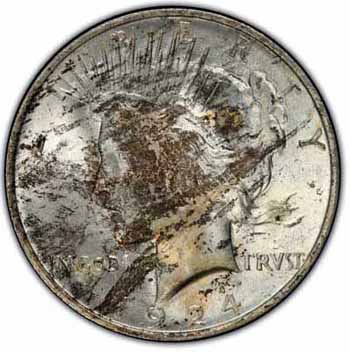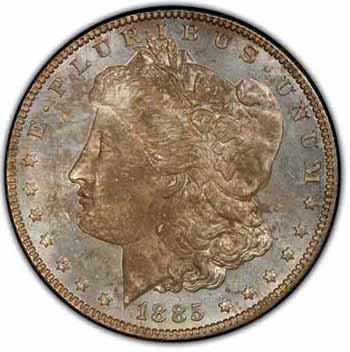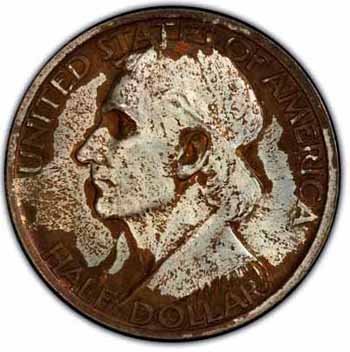Guidelines for Eye Appeal
Eye Appeal is one component of grade. For coins grading above MS/PR 60, eye appeal is one of the four components of grade.
For Mint State and Proof coins, the three factors comprising a coin's "technical grade" are:
- Number and severity of marks and abrasions
- Luster, or Reflectivity for Proofs
- Strike, which is rarely a problem for proofs and strike is expected to be sharp, a weak strike being a deduction in the case of proofs.
For Circulated coins, there are:
- The amount of wear. This is by far the most important factor in the grading of circulated coins.
- Marks and abrasions. Depending on the grade, a certain amount of marks and abrasions are expected with circulated coins. Severe or unusually serious marks "for the grade" can be a negative. The higher the circulated grade, the less severe marks can be before they would effect grade.
- Luster. AU (Almost Uncirculated) coins should have some original luster. For lower grades color and originality have the same effect on grading as luster does for higher grades.
The "technical" grade of the coin is the grade of the coin based on the factors above without taking eye appeal into consideration. Eye appeal either adds or subtracts from the "technical" grade, or is neutral as a factor in determining the final grade. For toning, PCGS uses seven levels of eye appeal, from "Amazing" to "Ugly". For luster on mint state coins and depth of reflectivity on proofs, PCGS uses six levels of eye appeal, from "Amazing" to "Negative".
The following are the minimum standards for eye appeal on high grades: MS/PR68 – Must have positive eye appeal MS/PR67 – Must have above average eye appeal MS/PR66 – Cannot have below average eye appeal MS/PR65 – Cannot have negative eye appeal. AMS/PR65 coin can have below average luster or color (toning) if it is outstanding in every other way.
Plus Grades
High end coins for the grade, i.e. "plus" grades, cannot have negative or below average eye appeal for the grade.
Spots
Spots on gold coins, spots on copper coins, and "milk spots" on silver coins are not really part of eye appeal, but they are part of the grade and grade deductions are made similar to those made for marks or hairlines. In all three instances above we have minimum/maximum grade guidelines for spots. Note that in some instances, spots can appear subsequent to grading. In the case of copper coins, the spots would result in a grading deduction, and, since there are often environmental factors beyond our control, PCGS does not guarantee against downgrades for spotting on copper coins. For modern silver issues, spotting is a Mint acknowledged problem that is also beyond the control of PCGS. For modern silver coins, it is possible for two coins to have the same technical grade and one be spotted and one be spot-free. In these instances, the spotted coins will command a lesser price in the marketplace.
AMAZING
This is a coin you look at and think "Wow!" This coin could have incredible luster and/or color, and/or mind boggling contrast if a proof or proof-like, and/or incredible mirror surfaces if a proof. Amazing eye appeal can add up to a full point to the "technical" grade.
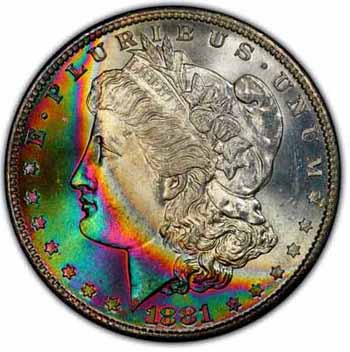
POSITIVE
This coin has outstanding eye appeal. This coin could have outstanding luster and/or color, and/or outstanding contrast for a proof or proof-like, and/or noticeably superior depth of mirror if a proof. Positive eye appeal can add up to a half-point to the "technical" grade. Note on toning: splotchy toning and/or deeply embedded toning is never positive no matter how "original."

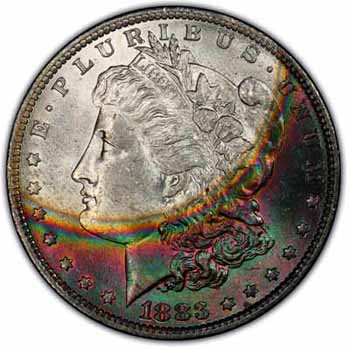
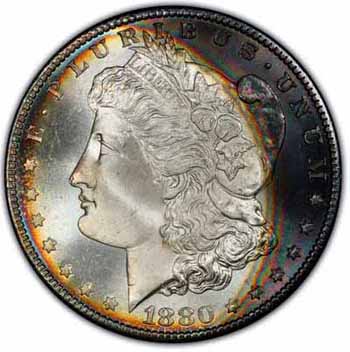
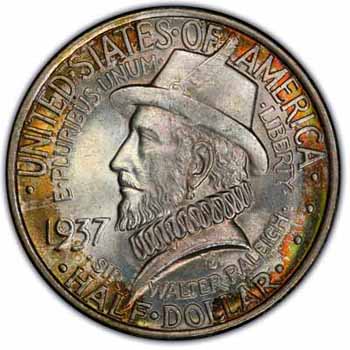
ABOVE AVERAGE
This coin has above average eye appeal. It looks better than most examples you see of the particular "technical" grade. This coin could have above average luster and/or color, and/or above average contrast for a proof or proof-like, and/or somewhat above average depth of mirror if a proof.AboveAverage eye appeal can add up to a quarterpoint to the "technical" grade and/or can increase the grade of a "liner" coin. Note on toning: splotchy toning and/or deeply embedded toning is never above average no matter how "original."

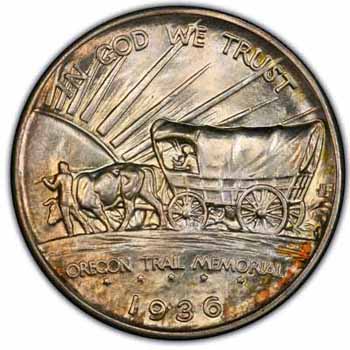
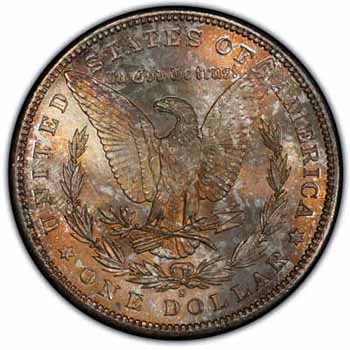
NEUTRAL
The "neutral" eye appeal coin has a look that neither adds or subtracts from the technical grade of the coin. The luster, color, contrast (on proofs and proof-likes), and depth of mirror (on proofs) is what you'd expect of the grade. Note on toning: splotchy non-rainbow toning and/or deeply embedded toning is not "average," it is below average, negative, or ugly depending on the severity.
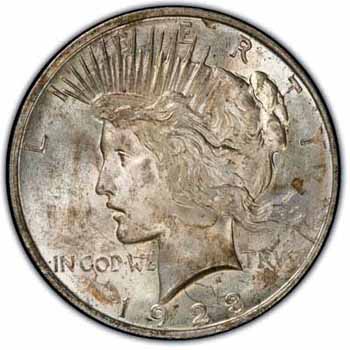
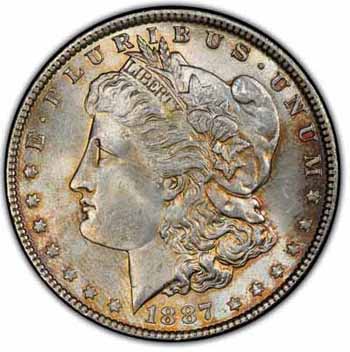
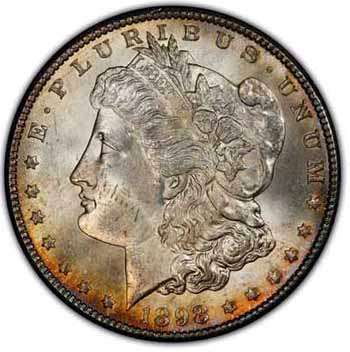
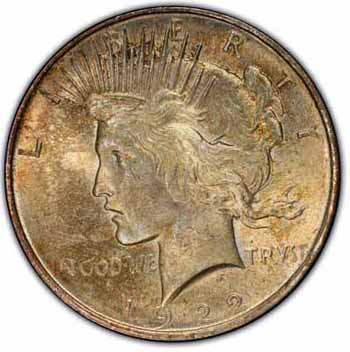
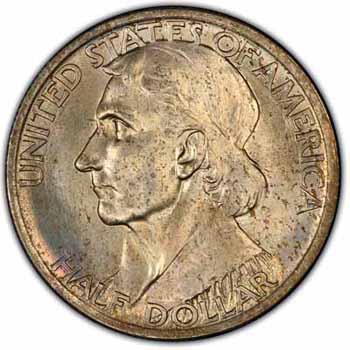
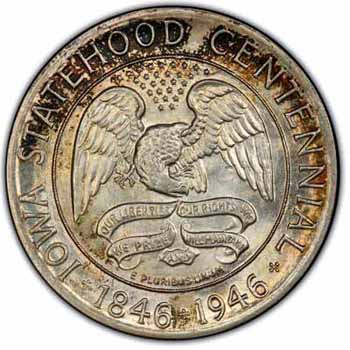

BELOW AVERAGE
This coin has eye appeal that's somewhat below average for what you would expect of the grade. The luster could be a little dull. Perhaps the coin was dipped one too many times or the toning is a little dull and dampens the luster. The color could be a little splotchy or the toning a little embedded. The contrast on a proof or proof-like might be a little off. The depth of mirror on a proof might be below average. Below average eye appeal can subtract up to a quarter-point from the "technical" grade and should always preclude a "liner" from getting the higher grade.
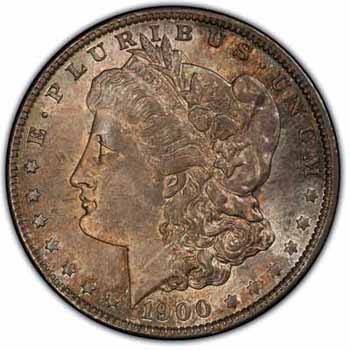

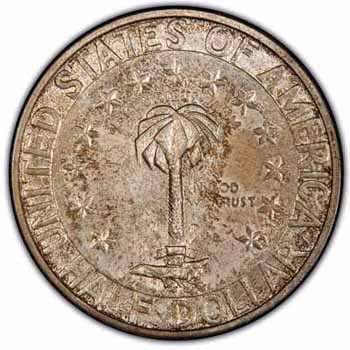
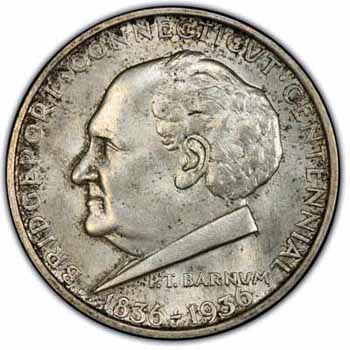
NEGATIVE
This coin has eye appeal that is poor for the grade. The luster could be noticeably dull. Perhaps the coin was over-dipped or the toning is noticeably dull and dampens the luster. The color could be quite splotchy or the toning noticeably embedded. The contrast on a proof or proof-like might be substantially sub-par. The depth of mirror on a proof might be very poor. Negative eye appeal can subtract up to a whole point from the "technical" grade and should always preclude a "liner" from getting the higher grade.

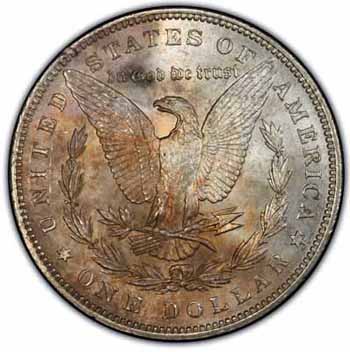
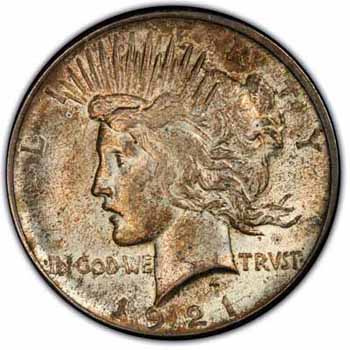
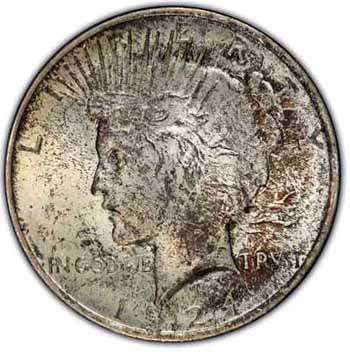
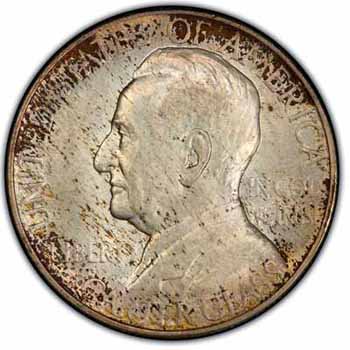
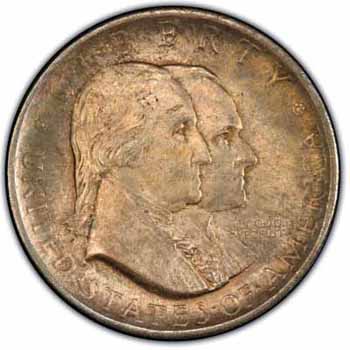

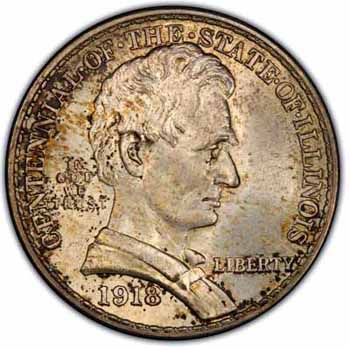
UGLY
This is a coin with toning that is downright ugly for the grade. The color could be very splotchy in a very unattractive way, or the toning very dark and very deeply embedded. Totally Ugly toning can subtract up to two points from the "technical" grade, or be so bad that the coin is a "no-grade' for "environmental damage."
